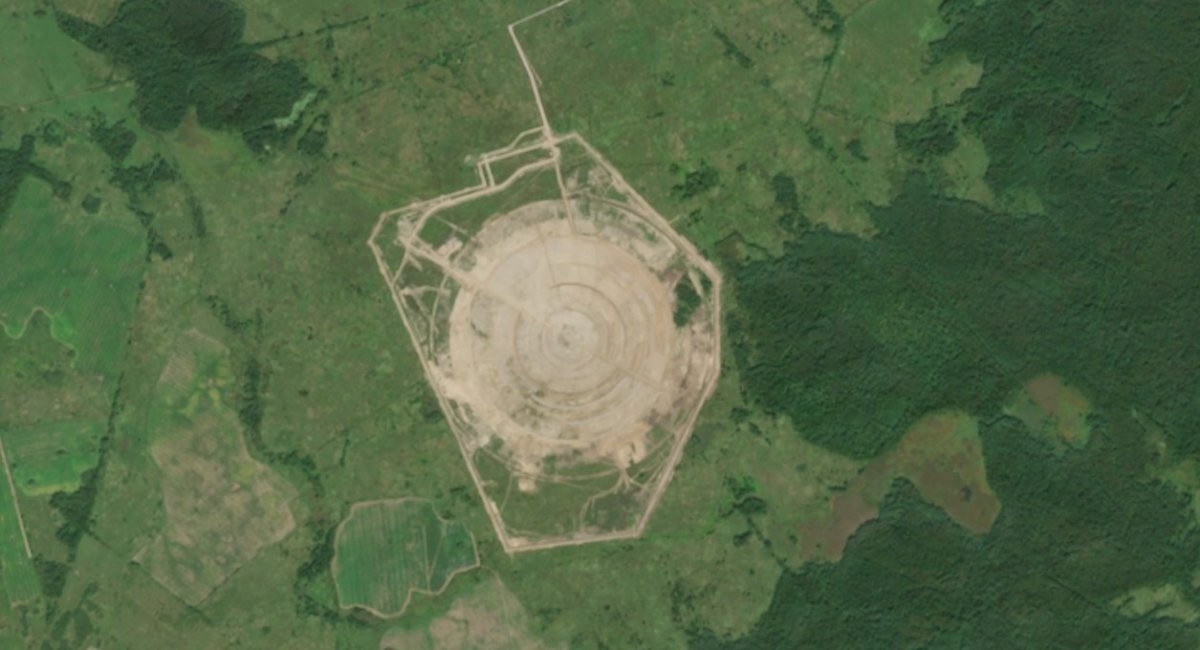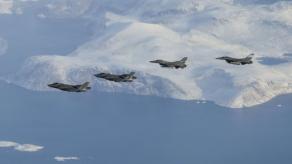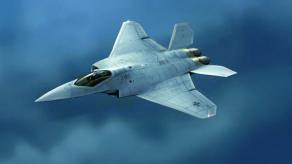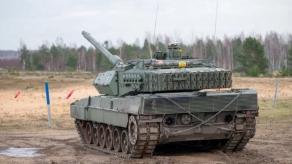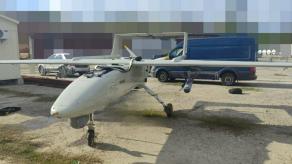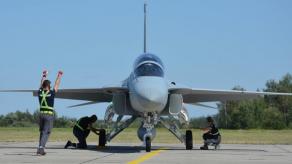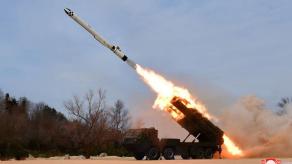Satellite images have revealed a mysterious installation in the Kaliningrad region formed by seven symmetrical circles. It is surrounded by a fence typical of military facilities.
Most likely, this object is a Circularly disposed antenna array (CDAA). This is reported by researchers from Tochnyi.info.
Read more: Ukraine's Defense Intelligence Liquidated Group of russian Commando Frogmen in the Black Sea
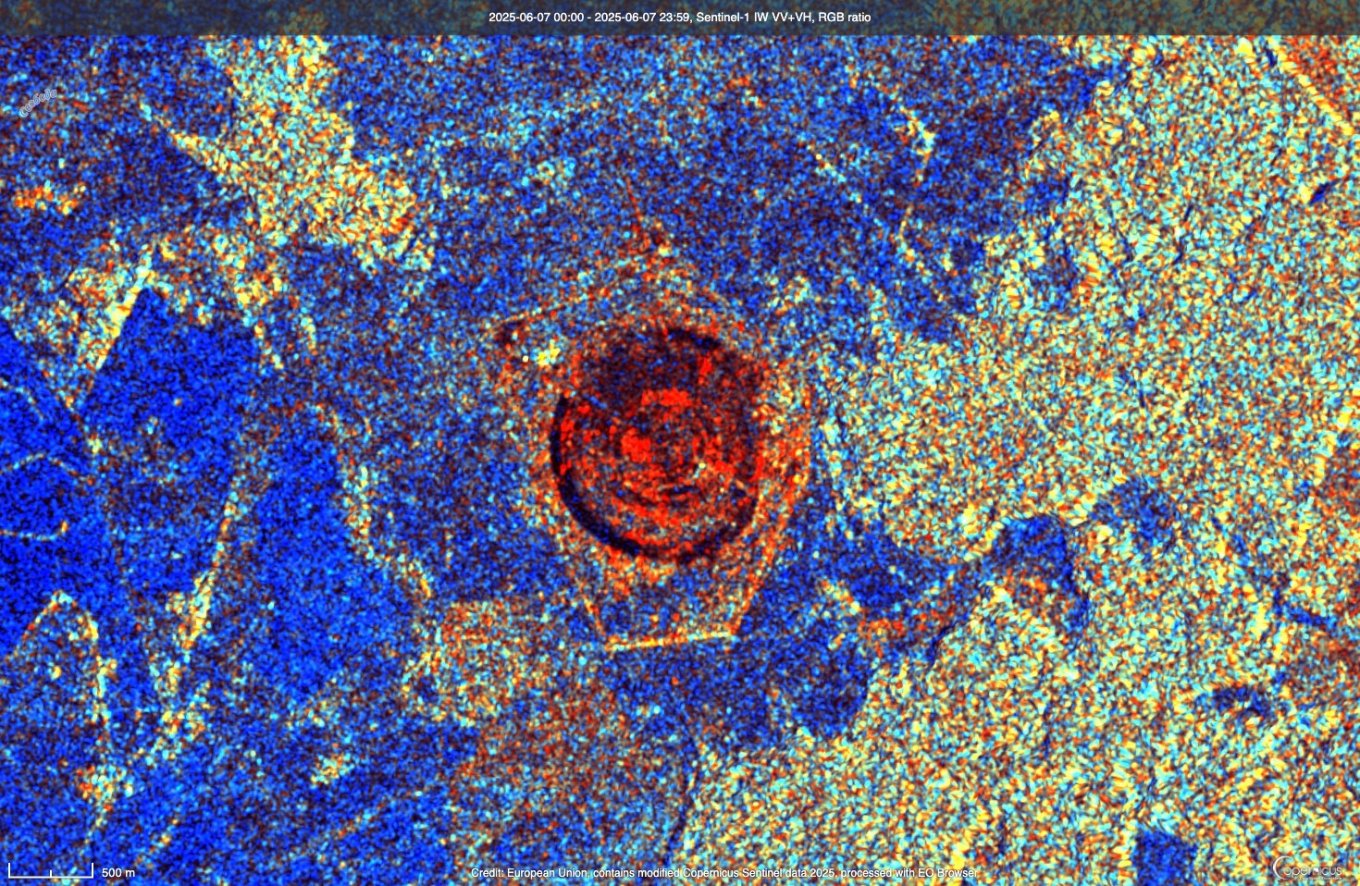
These CDAAs consist of a central structure surrounded by a symmetrical circle of antennas. The size of this circle determines the frequency and wavelength that the antenna can receive. Therefore, some CDAAs feature multiple circles of antennas, allowing them to operate across frequencies ranging from a few MHz up to 28 MHz.
They are designed to detect and locate radio signals. In addition, it is capable of establishing communication with submerged submarines and intercepting radio signals. This type of antenna was developed by German scientists during World War II, but became particularly popular during the Cold War.
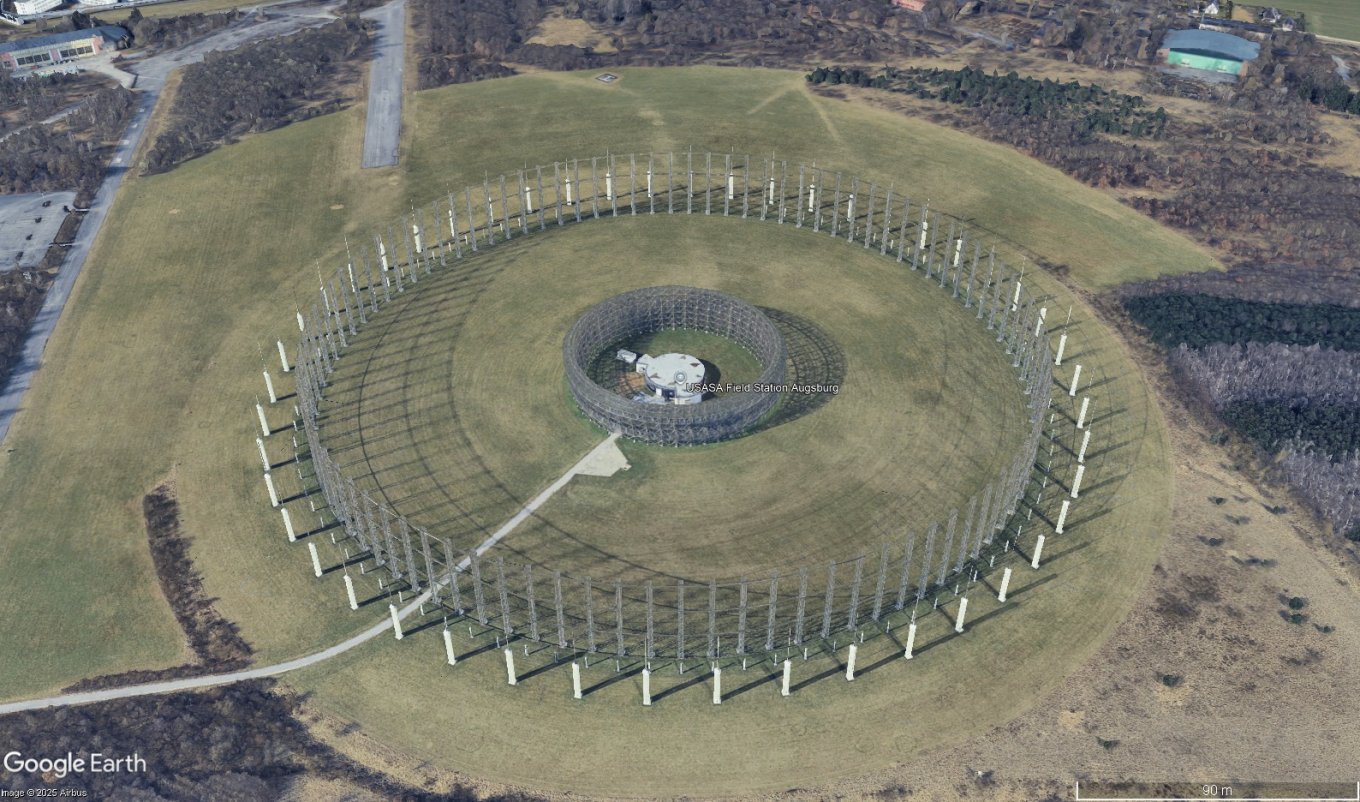
Typically, such CDAAs are up to several hundred meters in size, with the largest measuring 410 meters and located in Germany near the city of Augsburg. According to the available images, the largest circle of the new russian antenna stretches 1.6 km across. Researchers believe that the range of such an antenna can reach 7,400 km.
Its construction began in 2023 and is currently ongoing. From Defense Express we would like to add that, given the pace of construction, it will likely take several more years to complete the project.
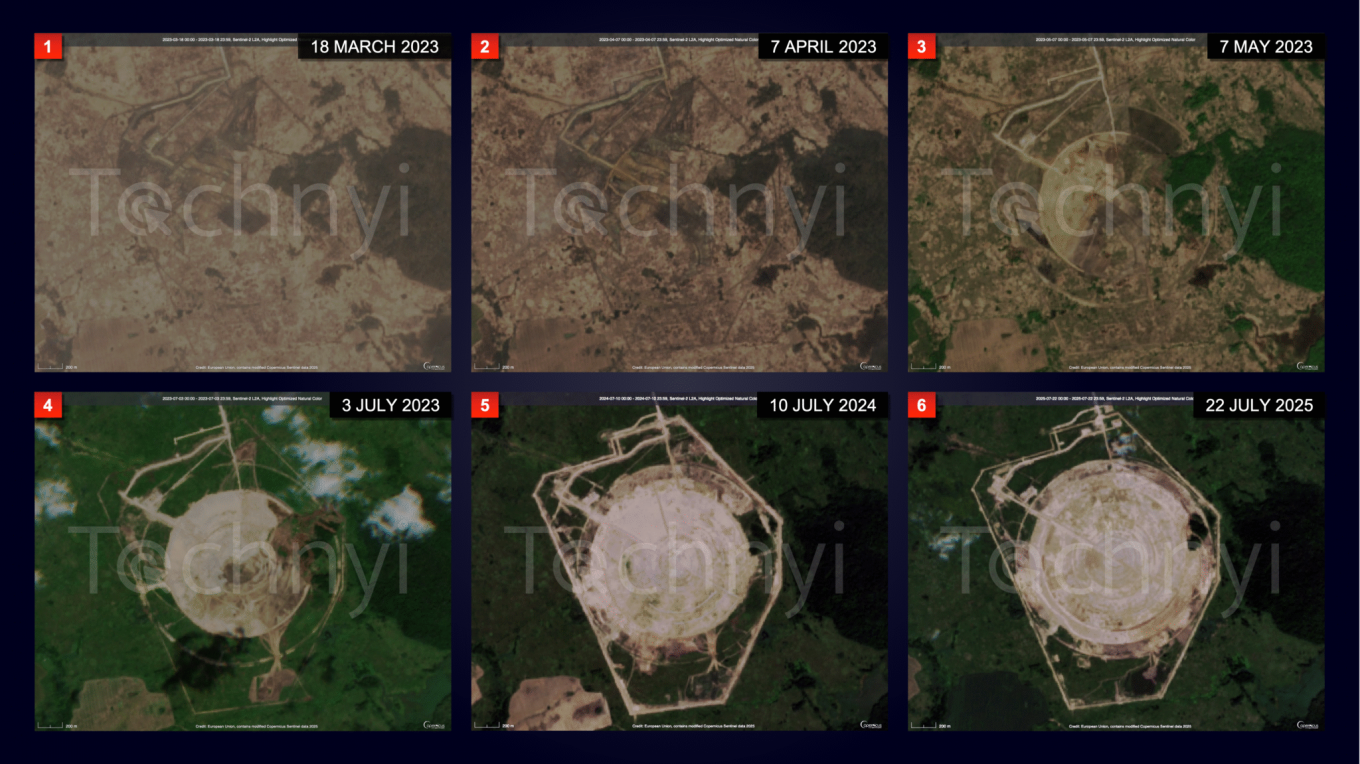
Given its long detection range, it is not clear why it was placed so close to the border. With a range of 25 km, ordinary artillery could easily neutralize it in the event of hostilities in the region.
Nevertheless, this new antenna poses a serious threat to NATO and increases tensions throughout Europe, with no current means of neutralizing it.
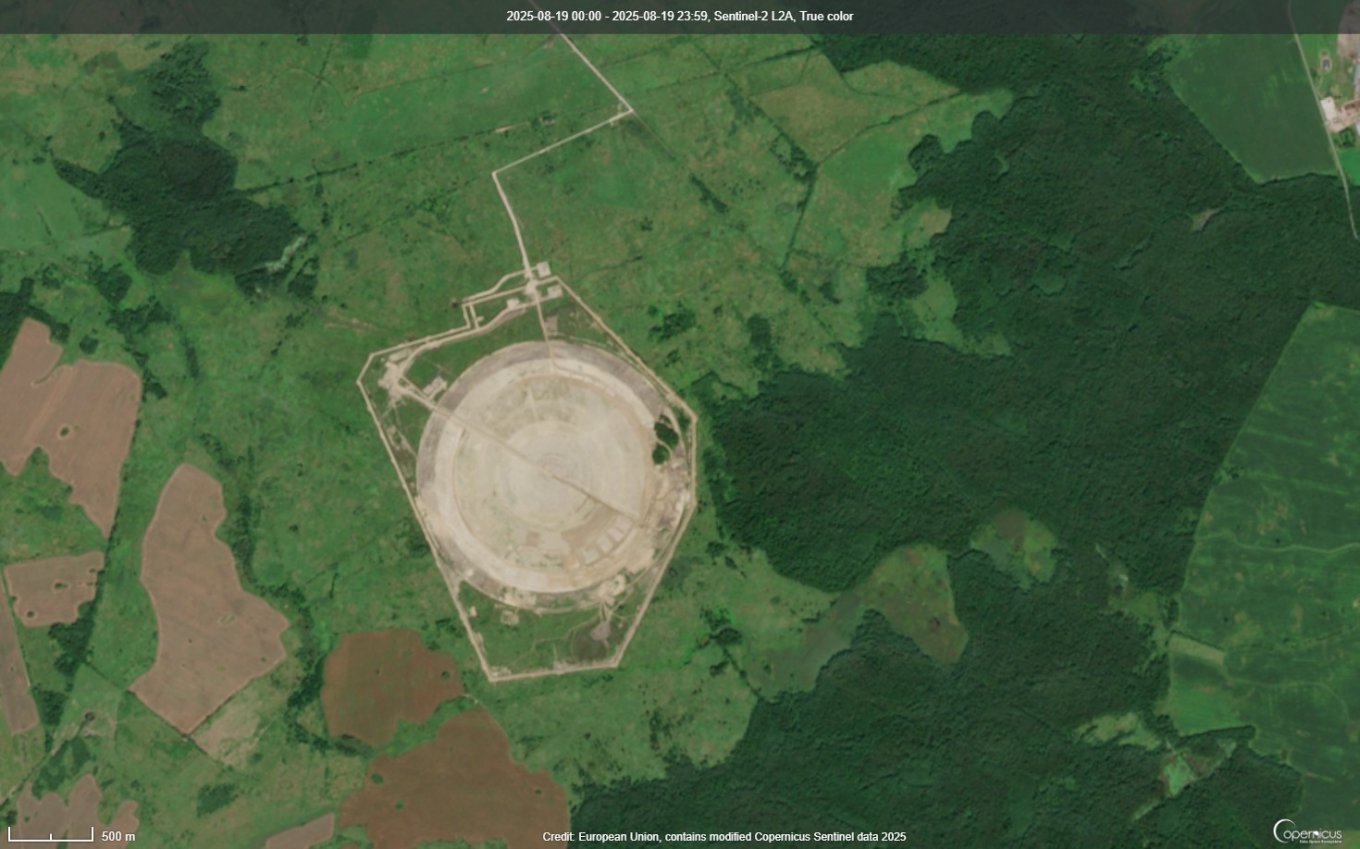
In the context of Kaliningrad, it is worth noting that recent reports have revealed the type of electronic warfare system being used to disrupt the Baltic countries.
Read more: Ukrainian Intelligence Reveals New russian UAV Built with Chinese, American, Swiss, Japanese, and Taiwanese Components




